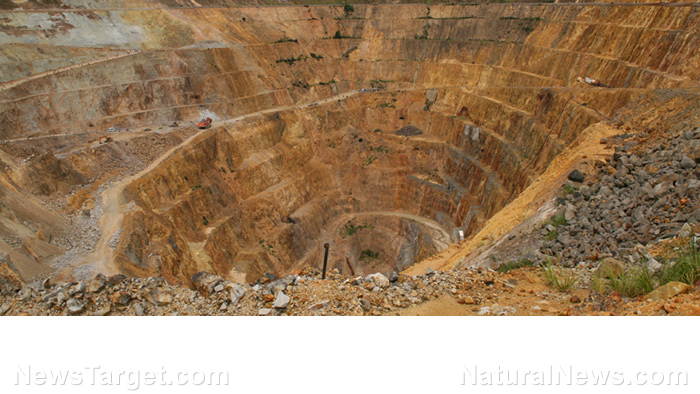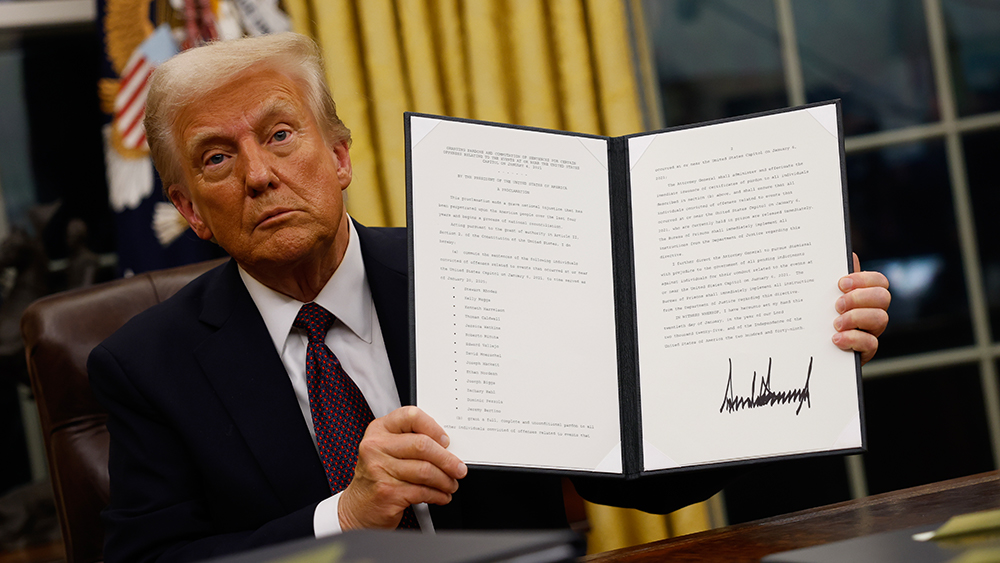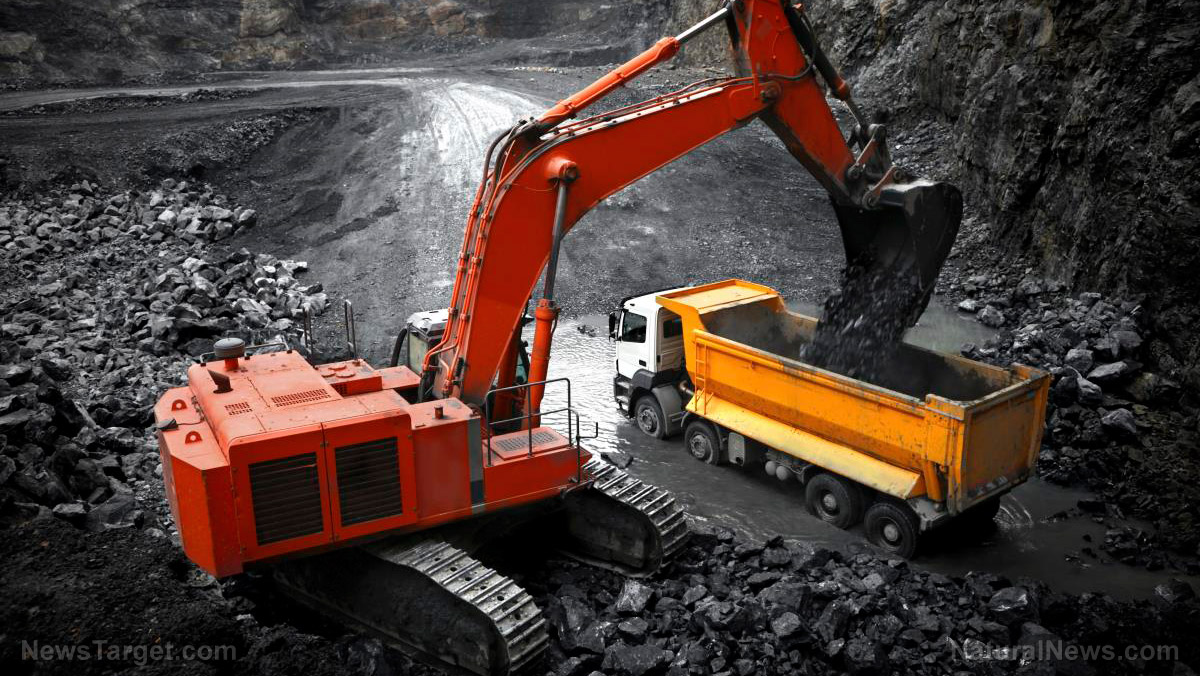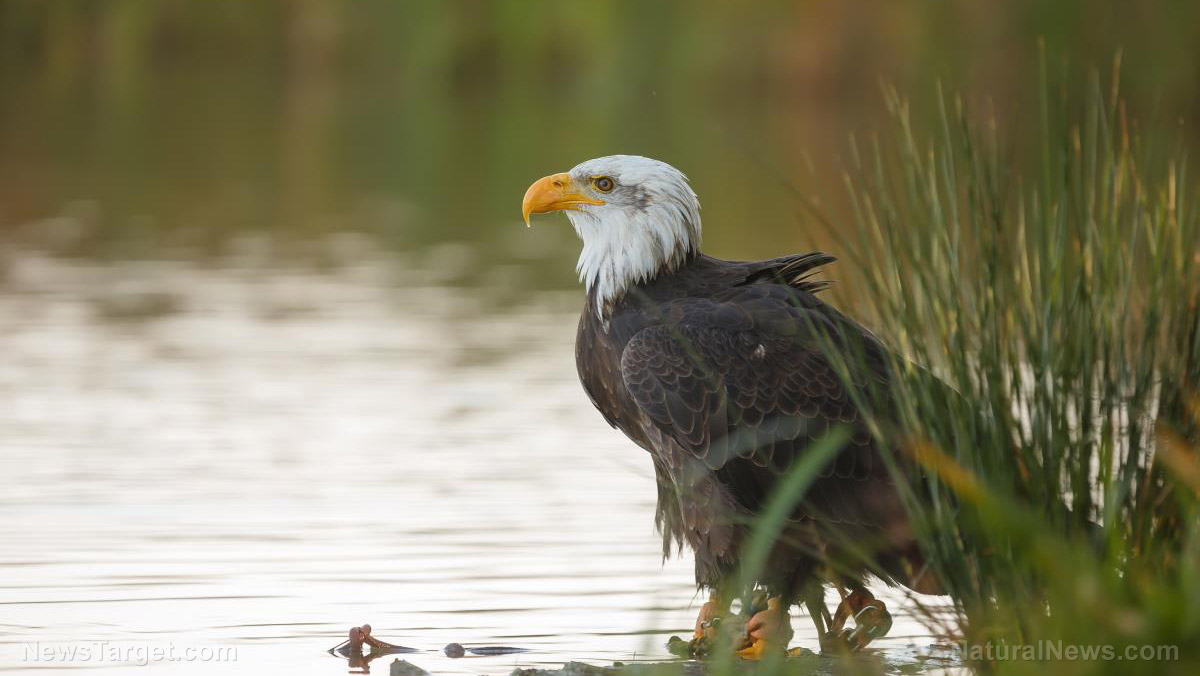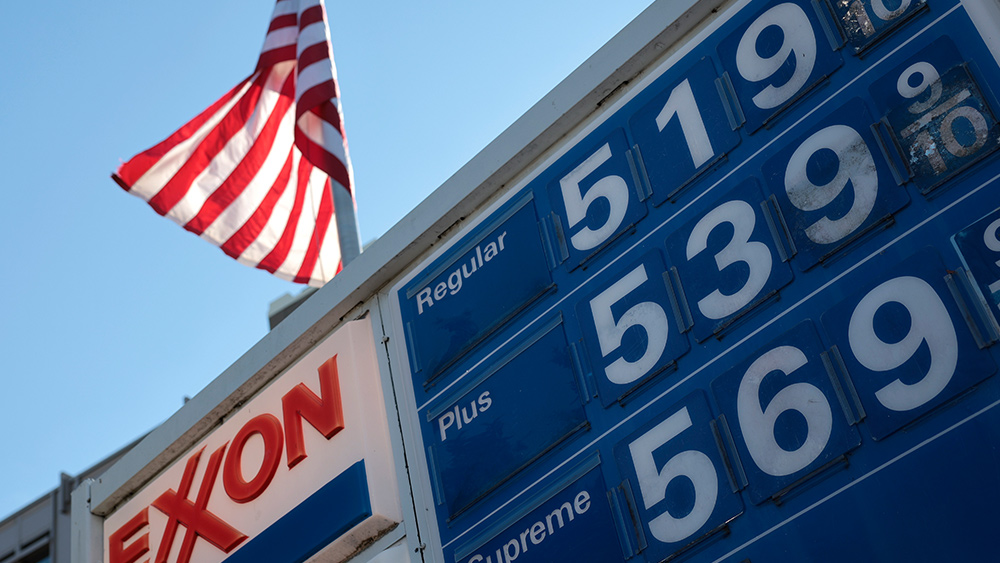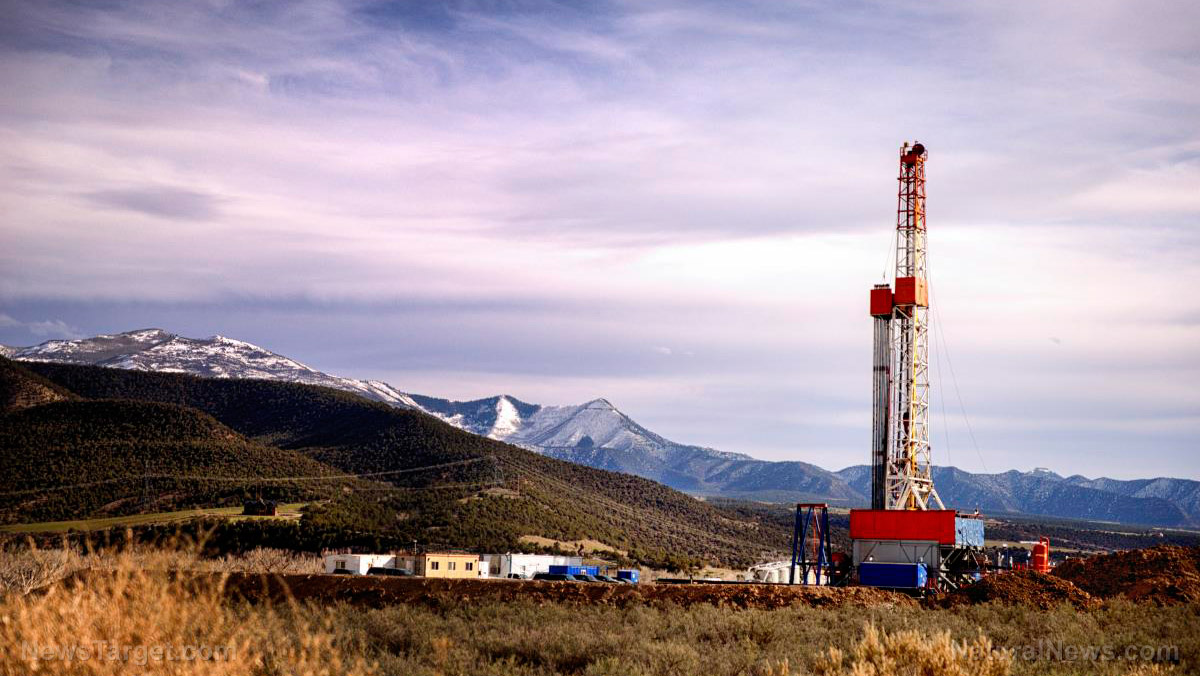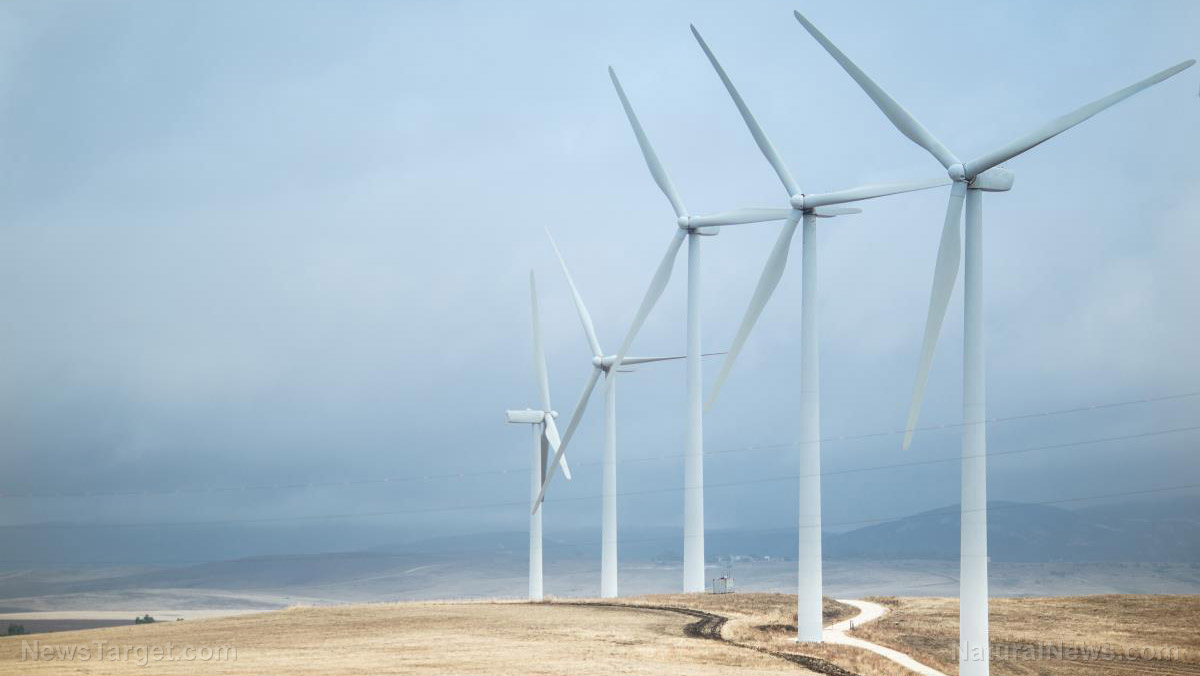A struggle over energy future unfolds as developers defy executive order
04/17/2025 / By Willow Tohi
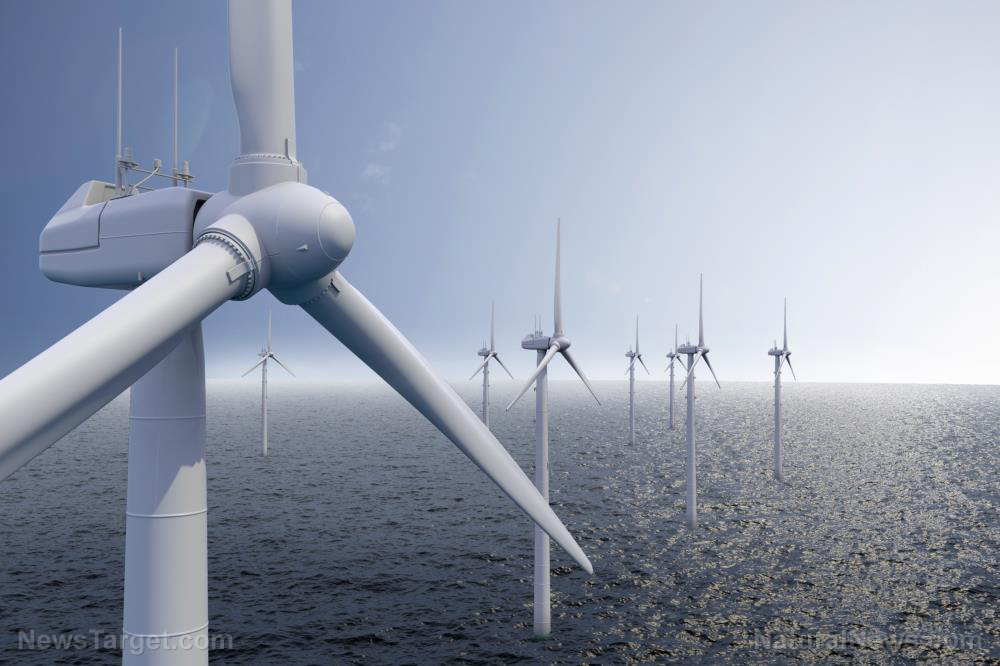
- President Donald Trump’s administration issued an executive order halting new offshore wind energy leases and initiating a comprehensive review of existing projects. This move reverses the Biden-era push for offshore wind and has sparked concerns over economic disruption and potential legal battles.
- The order faces immediate legal challenges due to its broad demands conflicting with existing statutory obligations, particularly under the National Environmental Policy Act (NEPA). Experts warn that the lack of specificity in the order’s claims of “alleged legal deficiencies” could lead to litigation.
- Despite the order, major developers are proceeding with projects based on existing federal permits. Companies like Dominion Energy and Orsted are confident in their legal standing and anticipate no delays, while New Jersey’s Atlantic Shores Wind project insists its leases remain binding.
- The moratorium has exacerbated tensions between states and the federal government. Massachusetts and Connecticut have delayed or canceled contracts due to uncertainty and cost concerns, while Delaware and Maryland face local opposition and investment risks.
- The order has ignited a debate over the environmental and economic costs of offshore wind versus fossil fuels. Critics argue the policy is hypocritical and could lead to a power crisis, while proponents claim wind energy costs are unsustainable. The outcome of this clash will have long-term impacts on energy policy, grid reliability and geopolitical influence.
On January 21, President Donald Trump’s administration issued an executive order blocking new offshore wind energy leases and launching a sweeping review of existing projects, marking a dramatic escalation in his climate policy agenda. The order, titled “Temporary Withdrawal of All Areas on the Outer Continental Shelf from Offshore Wind Leasing and Review of the Federal Government’s Leasing and Permitting Practices for Wind Projects,” mandates a pause on new permits, a reevaluation of existing projects, and reverses the Biden-era push for offshore wind. Yet developers, states and legal experts are defiant, warning of economic disruption and legal clashes in what some predict could become a landmark environmental policy battle.
Legal uncertainties fuel threat of courtroom showdowns
The directive faces immediate legal skepticism. Experts note the order’s broad demands clash with statutory obligations tied to existing permits, particularly under the National Environmental Policy Act (NEPA). Attorneys at law firm Troutman Pepper Locke caution that the order’s reference to “alleged legal deficiencies” in prior approvals lacks specificity, creating a “recipe for litigation.”
BloombergNEF analysts warn that while “under-construction projects may continue, the order’s indefinite ‘temporary’ pause could delay 14 gigawatts of planned capacity,” with foreign investors, including European energy giants, considering claims under international treaties if projects fail.
Interior Department appointee Doug Burgum, awaiting Senate confirmation, told lawmakers he would evaluate permits on a “case-by-case basis,” but developers distrust the White House’s sudden reversal. Mark Squillace, a former Interior official, noted that executive orders often face “significant pushback” when they “ignore existing legal mandates.”
Developers double-down, citing contracts and climate goals
Despite the order, major firms are proceeding with projects anchored in existing federal permits. Dominion Energy’s 2.6-gigawatt Virginia project, under construction since 2023, remains on track to power 600,000 homes by 2026, with executives stating they “will defend [the project] vigorously.”
New Jersey’s Atlantic Shores Wind project insists its leases and permits from Biden-era agencies “remain binding” and vow to “comply fully with federal and state regulators.” Orsted, operator of New York’s Sunrise Wind project, added, “We do not anticipate delays” under its existing approval framework.
Rep. Jefferson Van Drew (R-N.J.), a key administration ally, claims such arrogance is misplaced. “These companies are playing Russian roulette with billions,” he said, emphasizing Trump’s demand for “proof” that offshore wind justifies environmental and economic costs.
States rebalance strategies amid rising costs and opposition
The moratorium has deepened divides between states and the federal government. Massachusetts utility leaders announced in March they pushed back negotiations for utility contracts with Avangrid and Ocean Winds, citing uncertainty over permits and rising costs after European firms demanded risk protections.
“Federal policy is an important factor here,” stated Lauren Diggin of the Massachusetts Department of Energy Resources, deflecting blame for the delays. Meanwhile, Connecticut pulled out of a regional offshore wind procurement deal due to affordability concerns, redirecting focus to solar and storage.
In Delaware and Maryland, the millions U.S. Wind invested in the resurrected Sparrows Point steelworks now hangs in the balance. CEO Jeff Grybowski insists projects like the Marwin offshore farm “deliver American energy dominance,” but Sussex County rejected a substation permit in December, signaling growing local skepticism.
Economic vs. environmental priorities: Where does the truth lie?
Behind the legal battles and political posturing lie fundamental policy questions. The administration argues offshore wind’s environmental and fiscal costs outweigh benefits. Critics, however, charge hypocrisy: as former California climate advisor Ken Alex noted, the order selectively targets renewable energy while ignoring fossil fuels’ equivalent risks.
NextEra Energy CEO John Ketchum warned of “a power crisis” if questioned projects stall, stressing the U.S. cannot “afford to exclude options” as utilities chase grid stability. Meanwhile, Trump allies counter that wind’s costs—up 65% since 2020—are unsustainable in a slowing economy.
A crossroads for energy policy
President Trump’s offshore wind order has thrust America into a defining clash between clean energy ambitions and fossil-friendly skepticism. With legal challenges mounting, developers defiantly advancing permits, and states scrambling to recalibrate plans, the outcome will shape energy costs, grid reliability and geopolitical influence for decades.
As Van Drew aptly warned, thumbing noses at presidential directives has rarely ended well for opponents. Yet with permitting delayed, contracts stalled and investment confidence shaky, this struggle may reveal more than just environmental priorities — it could redefine the authority of executive power over the nation’s energy future. The world watches as the U.S. grinds through a conflict that transcends policies, touching the very DNA of American competitiveness and liberty.
Sources include:
Submit a correction >>
Tagged Under:
big government, Clean Energy, climate policy, electricity, energy supply, environmental policy, green energy, green living, Green New Deal, green tyranny, insanity, left cult, new energy report, offshore wind, power, power grid, resist, revolt, traitors, Trump, uprising, White House
This article may contain statements that reflect the opinion of the author
RECENT NEWS & ARTICLES
NewEnergyReport.com is a fact-based public education website published by New Energy Report Features, LLC.
All content copyright © 2018 by New Energy Report Features, LLC.
Contact Us with Tips or Corrections
All trademarks, registered trademarks and servicemarks mentioned on this site are the property of their respective owners.

